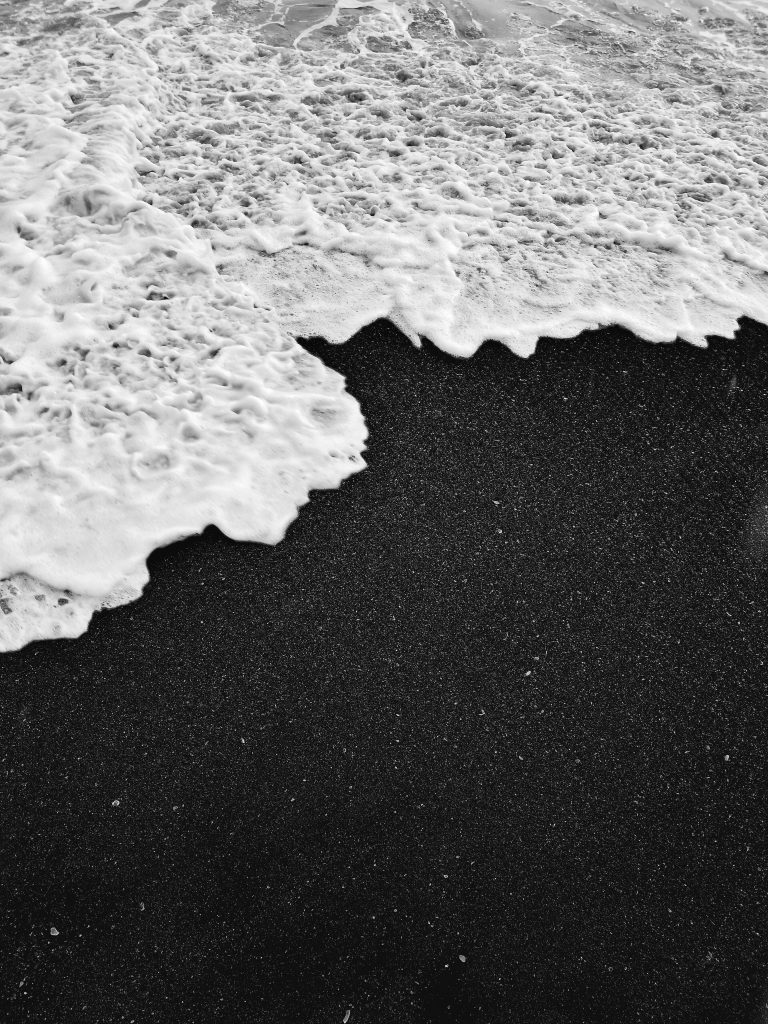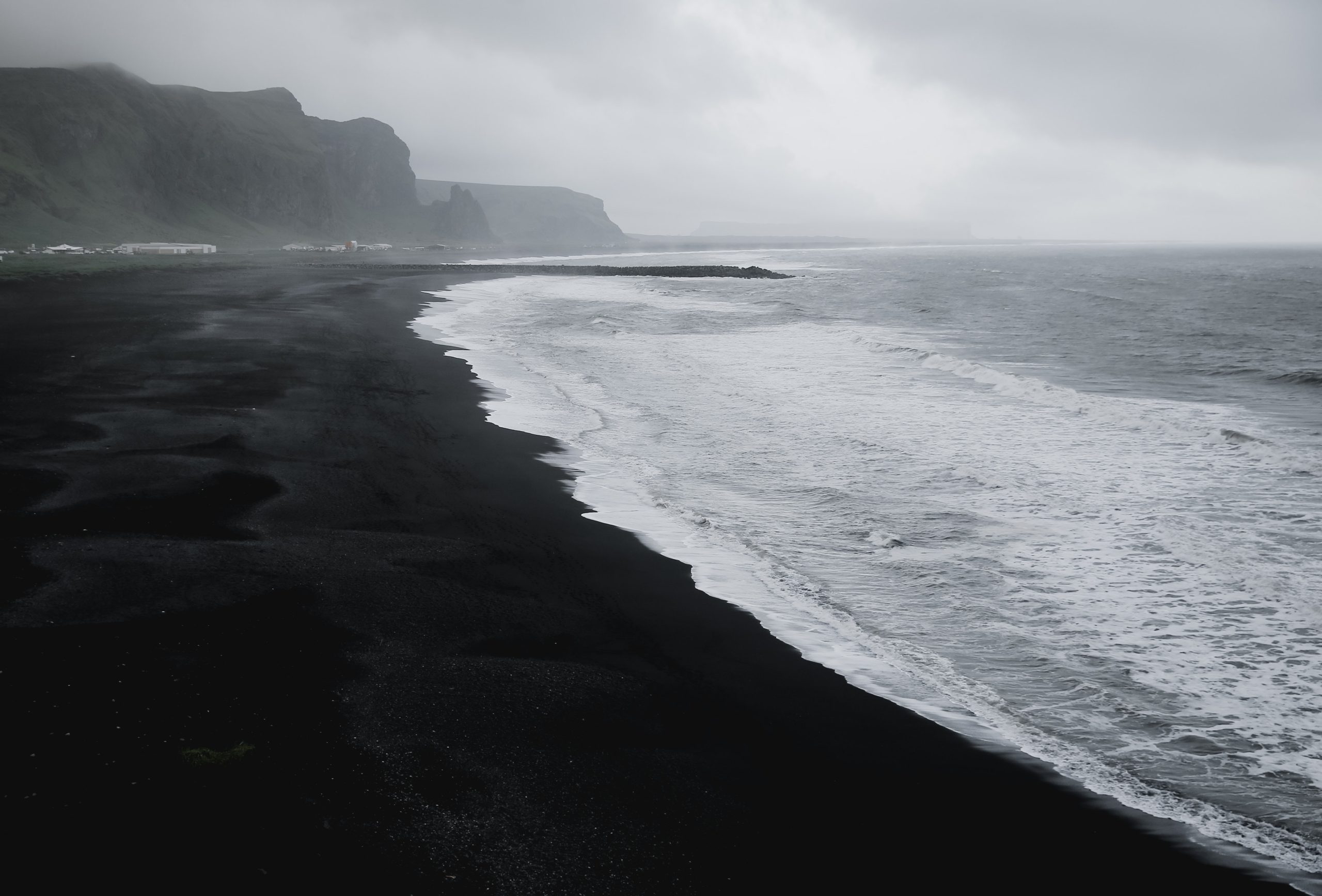Have you ever seen those gorgeous tropical beaches with dark sand while leisurely scrolling through your Instagram feed? You probably have; they’re a popular destination for tourists and travel vloggers alike. You can’t help but wonder what gives these coastlines their distinctive black color.
Black Beach Sand
Black beach sand is a type of beach sand that is not as common as white sand, but it does exist. It is typically formed from volcanic materials that have been eroded into sand particles. There are some beaches with this black variety of sand are in tropical locations, while others are in cold climates. The most common form of black sand is glossy. Magnetite-rich sand will also have a dark color, though its less common than the volcanic variety.
Most black sand is made up of iron oxide, which gives the beach sand a tan color. Another type of black sand is basalt, which is composed of tiny pieces of volcanic rock. These rocks can be a dark brown or black in their unprocessed state. They are also called terrigenous sands. However, a rarer and more interesting type of black sand is made up of heavy mineral sands.
This kind of sand has the distinction of being able to withstand high energy waves and weathering. This is because they are heavier than regular quartz beach sands. Large waves can sort out the heavier mineral sands on the sandbanks and bring them up to the top. In addition, it is not replenished by tides. Therefore, it can be a valuable resource.
Black beach sand is a natural phenomenon that happens in many parts of the world, including Hawaii. Some of these black beaches are located in tropical locations, while other black sand beaches are in places like Alaska. There are also some black sand beaches that are isolated and hard to get to. For this reason, black sand beaches are popular for a holiday. Visiting one of these beaches can be a truly memorable experience.
Where Are Black Sand Beaches?
Some of the most beautiful black sand beaches in the world are in Hawaii. Punaluu Beach is known for its turtle protection and the wide space that it provides. The sandy black sand is fringed by stately coconut palms and surrounded by heavy dark volcanic sand. If you visit the Hawaiian Islands, you should try out Punaluu Beach.
Stokksnes Beach in Iceland is another example of a black sand beach. Its sweeping shoreline makes it a great place to watch dolphins splashing in the water. Additionally, this black sand beach is located in a unique area that is surrounded by mountains. People have often compared this black sand beach to something out of a dream.

Many people lose sight of the fact that a black sand beach usually indicates volcanic activity. When a volcano is active, it is very common for the sand to turn to black. As a result, it is a common practice to conduct ceremonies on these sands.
Other black sand beaches in the world are located in Hawaii, Costa Rica, and Iceland. However, most of these beaches are in places that have warm climates and lots of volcano action.
